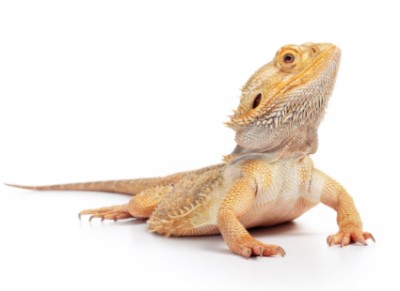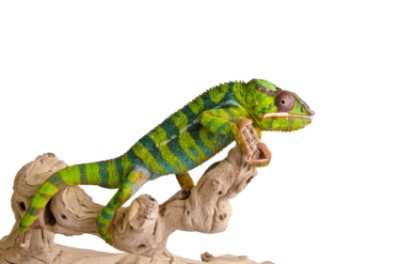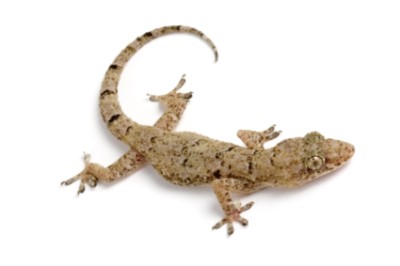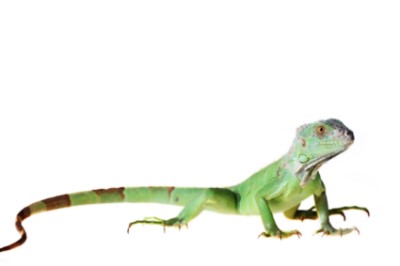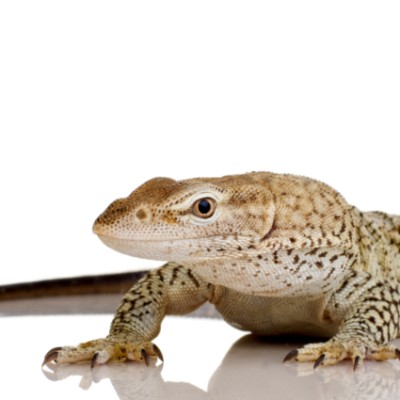Common Reasons for Surrender
Most of the time the skink is surrendered because people lose interest or the owner goes off to college. A few are surrendered because they were aggressive, but most of the time that happens when a person ignored the skink and never handled him.
Pros
Skink owners will tell you this lizard definitely has personality and is fun to feed. One Facebook post announced, “Salmon fillet and sparrow eggs, a lizard’s breakfast.”
Cons
This larger lizard needs a larger tank, at least a forty-gallon size. The skink lizard is not cuddly but rather aloof. They are ground lizards and do not like to climb. Most of all, their bites really hurt. You should never feed a blue-tongued skink from your hand! One owner said that the blue-tongued skink will open her mouth and let you know to stay away. Other times, this lizard can be in a good mood and you can scoop him up and hold him.
Diet
The young blue-tongued skink is fed every two or three days and is a 50/50 brand, eating half animal protein and half fruits and vegetables. An adult Blue Tongued Skink needs fed about twice a week, and enjoys a 20/80 diet, with 20 percent animal protein and 80 percent fruits and vegetables. This lizard will eat insects, goldfish, canned snails, earthworms, mice, salmon fillet, sparrow eggs, dandelion flowers, clover flowers, frozen blueberries (thawed), and really anything on a salad bar except avocados, broccoli, cabbage, and spinach. Feed the lizard the whole animal.
Exercise
If your tank is large enough, your skink will cruise. In summer, you can let him run around the yard, but you don’t want him to get into any holes. Their short legs, big round bodies, don’t work for climbing. They’re active, but vertically challenged, like a Dachshund in the lizard family.
Possible Health Issues
If not fed a good diet, the skink can suffer from metabolic bone disease. She will need correct temperatures and housing that is not drafty or she will be susceptible to upper respiratory infections. If they don’t shed off all the old skin, they’ll get a “skin tourniquet” that will kill the toe and the toe will rot off. They’re a ground lizard, so make sure they’re not eating the bedding with their meals. You can use Care Fresh bedding, a recycled wood pulp found in pet stores.
Housing
The skink’s tank needs to be 40 gallon size or larger. He’ll try to scramble to get up a cork bark branch, but for the most part a skink is bound to the ground. Put flat rocks and branches into the tank and be sure your lizard has a basking rock with a heat lamp above it on one side of the tank. Like most lizards, the skin needs a warm side and a cool side in his tank.
Grooming
The skink will shed and it can be fun to watch, especially their toes. You can mist the lizard to assist her if she’s having difficulty shedding. Spot clean the tank once a week and do a full overhaul twice a year. If you have a smaller cage, you will need to clean it out more often.
Training
Skinks are intelligent and will watch what is going on from their tank.
Entertainment
The skink loves to cruise around the tank. You may want to introduce something new now and then for enrichment, such as a new taste or a smell that motivates him to flick out his tongue and inspect the new item.
We want to thank Lancaster Herpetological Society, Lancaster, Pennsylvania, for help with this profile.


